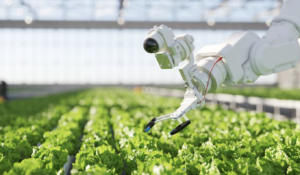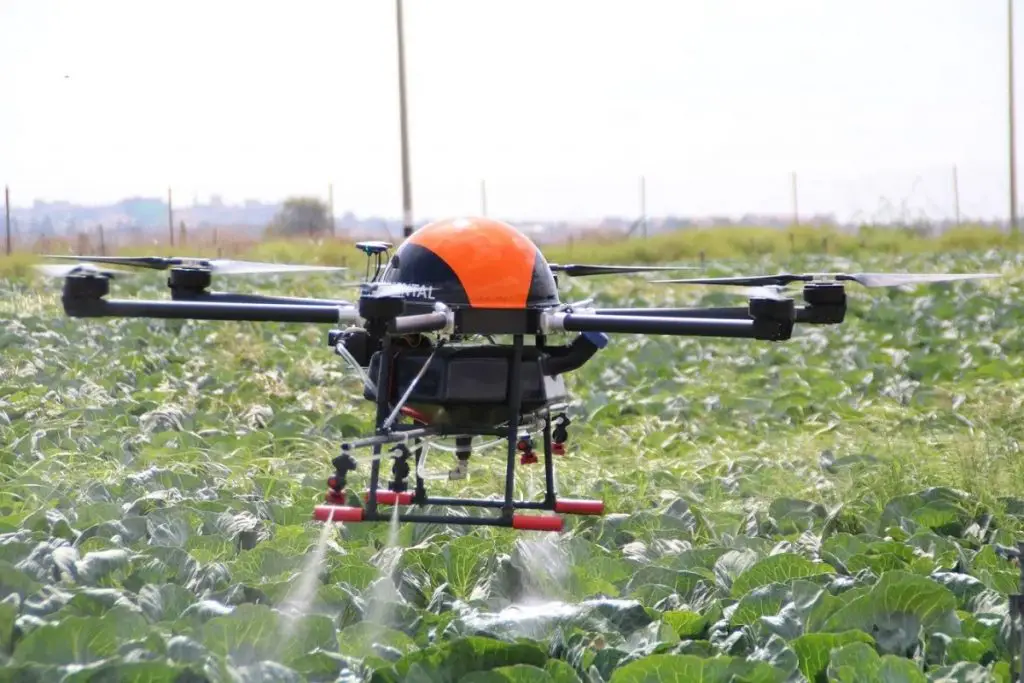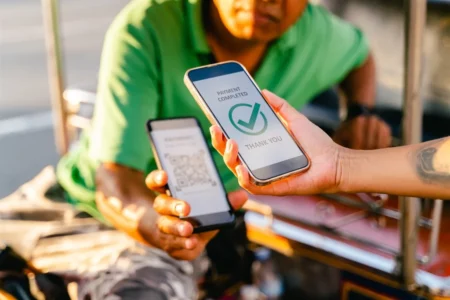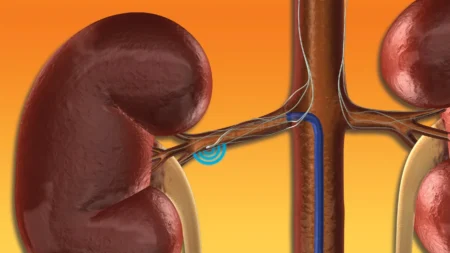Last year, the first African Drone and Data Academy (ADDA) opened in Lilongwe, Malawi in a move aimed at impact children and young people.
The United Nations International Children’s Emergency Fund (UNICEF) project is part of efforts to promote the use of drones in programmes and services instrumental in equipping young people with the skills they need to use to benefit their communities.
Building on the work of Africa’s first humanitarian corridor launched in Malawi in 2017, the academy was to develop expertise in the use of drones for humanitarian, development and commercial purposes across the continent through a 12-week course.
Read: Mozambique: Death, destruction cost of Cyclone Idai
It plans to train approximately 150 students to build and pilot drones by the end of this year. Funding from UNICEF’s partners provides free tuition to the first cohort of 26 students from across Africa.
The Secretariat on behalf of the AU High-Level Panel on Emerging Technologies (APET) notes that natural disasters in Africa such as drought, earthquakes, epidemics, extreme temperatures, floods, insect infestation, volcano, storms, and wildfires among others are negatively impacting numerous African countries yearly.
When such disasters occur, there is a need for African governments and responsible public and private institutions to effectively observe, monitor, and mitigate such disasters across the continent.
Fortunately, earth observation applications and emerging technologies are increasingly being developed and adapted for disaster management, preparedness, and mitigation efforts during disasters. Among these are Unmanned Aerial Vehicles (UAVs), also known as drones.
Drones are progressively being deployed in emerging disaster situations because they are portable, reliable and increasingly affordable.
Most importantly, their application in combating disasters is becoming imperative. Drones are also being incorporated in rapid situational awareness with mapping technology and imagery of affected areas.
As such, drones are helping firefighters identify hot spots and assess property damage in inaccessible areas. For example, South Africa utilized drones during the 2017 fire disasters that devastated the Western and Eastern Cape provinces.
During the rescue missions, firefighters and emergency crews relied on drones to assess the damage and identified the hot spots of the raging fire disasters.
In addition, drones were utilized to generate imagery for reporting purposes. Consequently, such imagery assisted rescue missions’ efforts in communicating accurate information during the fire disasters when helping and searching for survivors.
Most importantly, drones are also being used to generate aerial maps that can be utilized to compare the before and after images of impacted areas.
Additionally, during Cyclone Eloise in January 2021, drones were utilized to help and search for survivors in affected parts of Mozambique, Malawi, Eswatini, Zimbabwe, and South Africa. Thus, the incorporation of drones in the rescue missions has helped save numerous survivors, who stood no chance of surviving when the disaster struck.
Moreover, telecommunication, water, and electricity companies are also adopting drone technology to assess their utilities’ integrity and infrastructural damage. This is more especially relevant in remote and inaccessible areas.
Furthermore, drones are used in Africa to combat hunger by distributing humanitarian assistance to disaster-impacted areas.
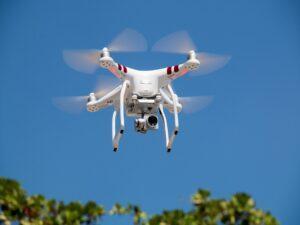
Drones are also being used to deliver medical supplies to remote communities and to monitor crops and map out disease outbreaks.
Read: Agritech – the future of Africa
The academy is serving local and international drone companies through-which they could test their drone-related solutions for local communities. Apart from Malawi, countries such as Rwanda, Ghana, Nigeria, South Africa, Morocco, and Cameroon have developed their own localized drone technologies by using local technologies.
In East Africa, the locust plague saw stakeholders including governments and scientists, among others, come up with different initiatives aimed at limiting the spread of the pests one of which was the use of drones to complement traditional desert locust management measures.
To ensure optimum success, Standard Operating Procedures were developed for the best use of technology. In Kenya, where the use of drones was being trialled, the outcome would determine if the initiative will be scaled to other affected African countries.
APET recommends drone technology as a transformative technology for Africa’s agriculture.
However, APET has acknowledged the sluggish uptake and adoption of drones in Africa because of the prevailing barriers. These barriers including high costs, incompatible infrastructure, unskilled manpower and restrictive regulatory frameworks are preventing Africans from accessing this technology in numerous African countries.
To address the issue, the AU is encouraging Member States to consider drone technology adoption towards mitigating impacts of disasters through enabling regulatory and infrastructural frameworks.
The Director of Malawi’s Department of Civil Aviation, James Chakwera, says that adopting modern technologies such as drones and advanced data analysis and management techniques in Malawi will help the country serve the children better.
ADDA’s curriculum has been developed in partnership with Virginia Polytechnic Institute and State University (Virginia Tech) – following its successful delivery of training workshops in Malawi since 2017. The course will combine theoretical and practical methodologies in making, testing and flying drones.
By 2022, the academy will run a tuition-free two-year master’s degree programme in drone technology, in conjunction with the Malawi University of Science and Technology (MUST). It will also deliver a curriculum that will build local capacity and a favourable ecosystem for the emergence of sustainable business models for using drones for humanitarian and development missions.
In 2019, Microsoft pledged support to the One Million Farmers Platform, a World Bank initiative aiming to improve the productivity, profitability and resilience of one million African farmers.
As part of its 4Afrika Initiative, Microsoft would provide technical and business support to 14 Kenyan innovators selected to build technology solutions for the platform. Microsoft mentors worked closely with each innovator to provide mentorship around business development, technology architecture and go-to-market strategies.
In addition to its partnerships with AGRA and the World Bank, Microsoft’s investments in agriculture include its FarmBeats project, which uses low-cost sensors, drones and machine learning algorithms to support data-driven, precision farming.
In Malawi, UNICEF and the government with other partners have been testing the use of drones in development and humanitarian contexts with the launch of a humanitarian drone testing corridor in Kasungu, Malawi in 2017.
Since then, drone testing and application work has included the delivery of medical supplies, emergency response work, crop monitoring, cholera mapping as well as integrating drones into national disaster response and monitoring.
UNICEF Malawi has developed a data intelligence node that integrates and analyses aerial and satellite imagery and other types of data like geospatial data, social media, crowdsourced data and sensor data for UNICEF’s programmes.
